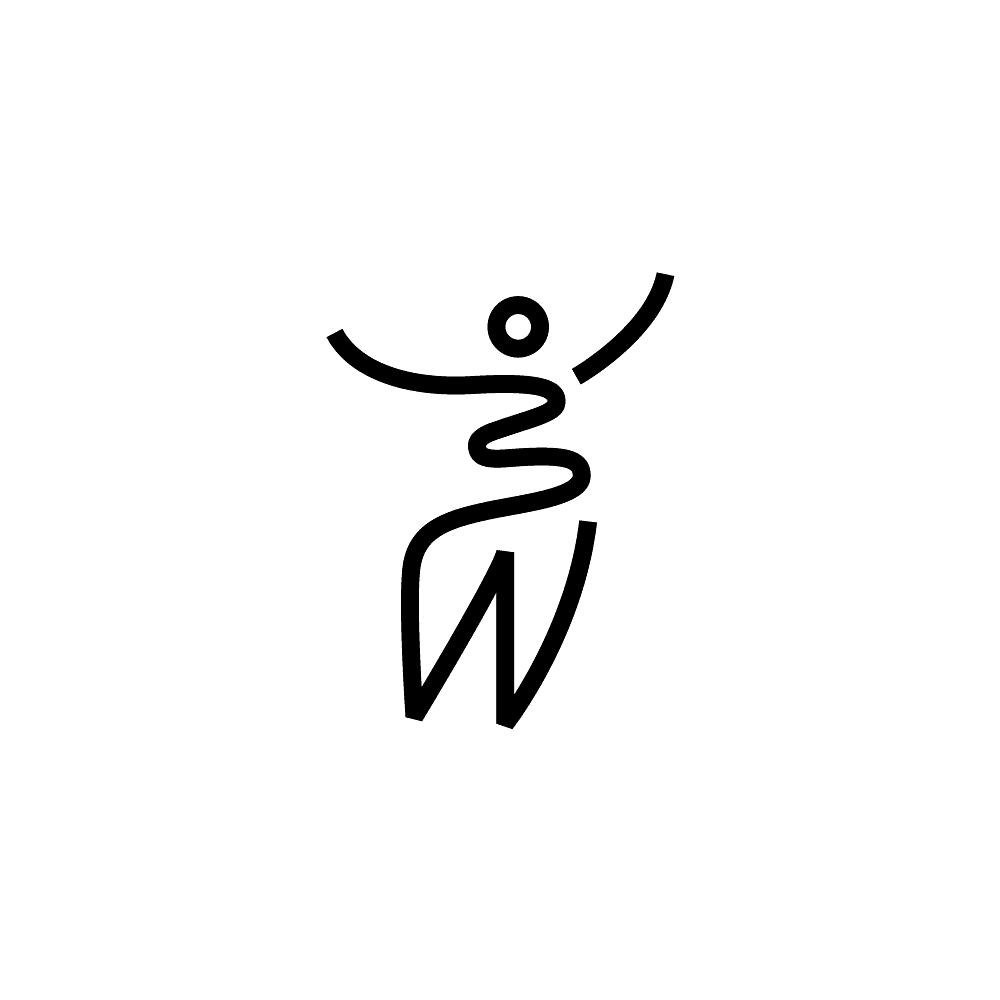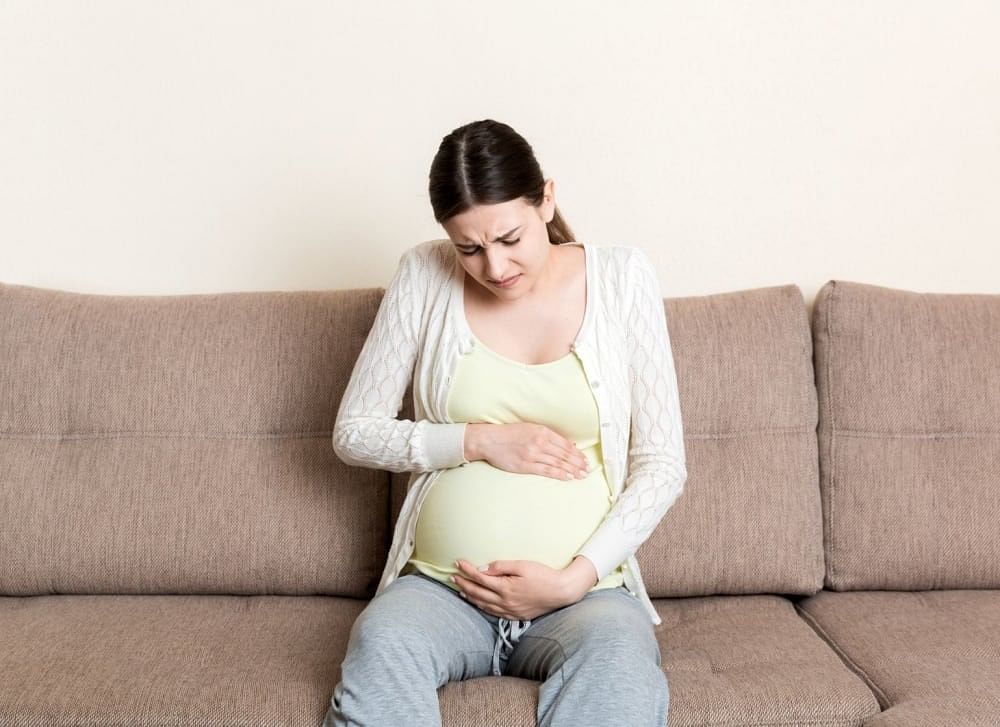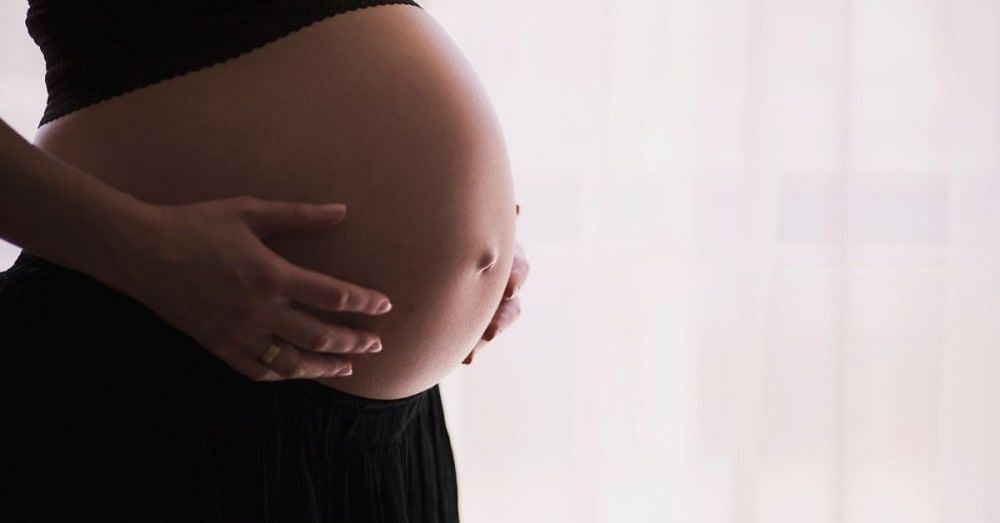The process of childbirth is called parturition. Parturition is the last stage of pregnancy, during which every woman gives birth to a child. During this time, a baby grows inside a woman's uterus.
Let’s discuss Parturition in detail and the three stages of parturition.
What is Parturition?
Simply put, parturition means childbirth. It is the pinnacle of pregnancy, during which a baby grows inside a woman’s uterus. In most cases, pregnant women go into labour around nine months after conception. Read on to know the symptoms of parturition.
Signs and Symptoms of Parturition
The signs of parturition are as follows:
- Restlessness
- Mucous Discharge
- Labour and Contractions
- Bloating
- Development of mammary glands and milk secretion
- Entirely swollen vulva
- Relaxed pelvic ligaments
3 Stages of Parturition (Childbirth)
Now that you know the meaning and signs of parturition, let’s get into the parturition stages or stages of childbirth.
1) Dilation
The onset of labour is the first stage of the parturition process. This stage continues until the cervix is entirely dilated. The dilation here is divided into two phases:
a) Active phase
In this phase, the cervix is 4-10cm dilated.
b) Latent phase
The cervix here is 0-4cm dilated.
In the case of an individual giving birth for the first time, the latent phase takes around six hours. Conversely, it takes roughly five hours for an individual who’s given birth before. In some cases, the latent phase may even last for 8-12 hours.
In the active phase, the cervix is expected to dilate at a rate of 1cm per hour. This expected rate is for a woman giving birth for the first time. The rate is 2cm per hour for a woman who’s had a vaginal delivery previously.
2) Expulsion
Expulsion is the second phase in the parturition process. It starts at full dilation and goes on until birth. Like dilation, expulsion also has two phases:
a) Active phase
The pregnant woman feels a need to push or contract the abdominal muscles in time with uterine contractions.
b) Passive phase
In this phase, the baby’s head moves down. This downward movement takes place through the vagina.
For a woman giving birth for the first time, the active phase lasts about 45 minutes. Conversely, it lasts for about 30 minutes for a woman who’s had a vaginal delivery in the past.
The second phase of parturition ends with a baby’s birth. The umbilical cord gets clamped at this point. In order to help with stage 3, breastfeeding is often encouraged.
3) Placental
This phase in the stages of childbirth is the final one. It starts after the birth and ends with the delivery of the afterbirth. In this stage, the placenta gets removed. Moreover, the contractions of the uterus decrease simultaneously. This stage lasts for around 5 minutes if the medical professional takes an active role.
If the placenta gets delivered without assistance, this stage can last for roughly 30 minutes. Wondering which hormones are involved in the induction of parturition? The female hormones involved in stage 3 include estrogen, relaxin, oxytocin, and prostaglandin.
Complications During Childbirth
Complications can arrive during each of the 3 stages of labour. Here are some of the common complications.
1) Nuchal Cord
This complication can occur when the umbilical cord wraps around the baby’s neck. A Nuchal Cord isn’t a cause for concern. However, if the mother can’t push the baby out and the vacuum extractor is ineffective, it could be a problem.
For this situation, a cesarean delivery might be the best treatment. Also known as C-section delivery, it is a surgical procedure to deliver a baby through incisions in the uterus and abdomen.
2) Fetal Distress
The slowdown in a baby’s heart rate is known as fetal distress. It is addressed by a medical professional by using forceps or a vacuum cleaner. The reason for doing so is speeding up the birth process. If this technique doesn’t work, cesarean delivery gets used.
3) Breech
Ideally, babies should be delivered with their heads down. A pregnancy where the baby is positioned head down, sideways, or bottom-down, is called a breech pregnancy.
Sometimes, a medical professional can reposition the baby manually. However, if that doesn’t happen, a cesarean delivery is offered as a solution.
Which Hormones Are Involved in Induction of Parturition
During the process of parturition or childbirth oxytocin, estrogen and cortisol hormones are released.
Summing Up on Parturition
Parturition is another name for childbirth. Even though not every pregnancy is the same, all women will experience these basic stages. In case of complications during parturition, it is always advisable to have experienced medical personnel by your side.
FAQs
1) Do Placenta Also Comes Out During Parturition
Typically, the placenta leaves your body about 5 to 30 minutes after your baby is born. It's called the third stage of labor.
You will continue to have mild contractions after the baby is born. You will need to give one more push to deliver the placenta. Sometimes, your abdomen will be massaged or you will be given an injection of oxytocin and the umbilical cord will be gently pulled to assist with delivery.
The doctor will also remove the placenta if you undergo a caesarean section.
2) How Painful Is Parturition
Each person will have a unique experience with birth. A woman's experience with pain can differ greatly. This means that you may have a very different pain experience from even your mother or sister.
It’s important to remember that the pain of childbirth is manageable, and both medicated and more holistic pain relief measures like visualisation and massage are available.
3) How to Calculate Date of Parturition
Pregnancy lasts around 40 weeks (or 38 weeks from conception), so typically you can estimate your due date by counting 40 weeks, or 280 days, from the first day of your last menstrual period (LMP). Alternatively, you can subtract three months from your last period and add seven days.
Health care providers usually estimate the due date based on the first day of your LMP. However, it's just an estimated delivery date, not a firm deadline. On average, only 4 per cent of babies arrive on time.











